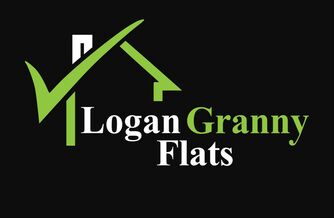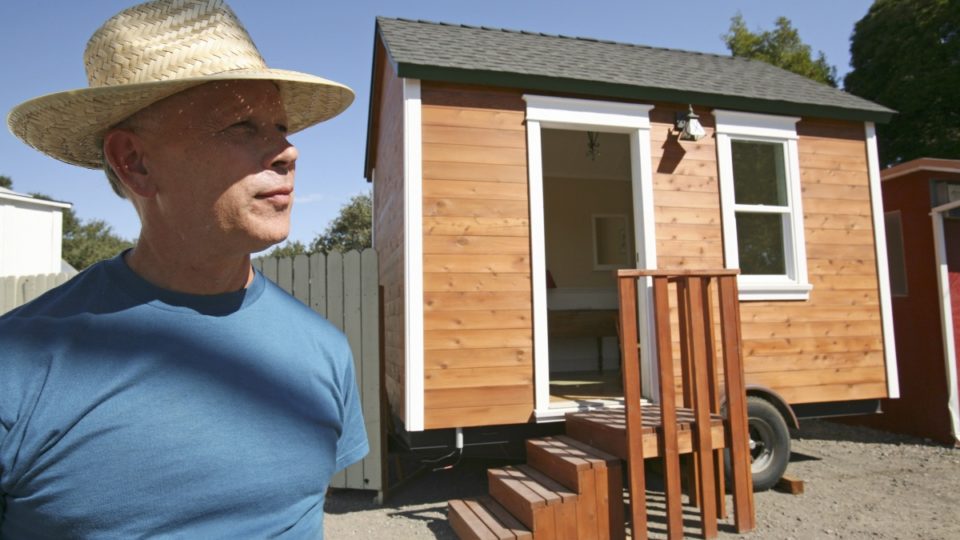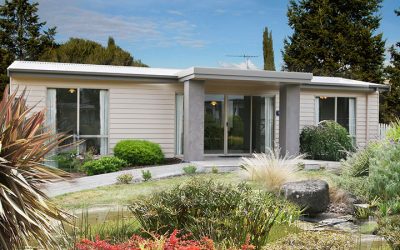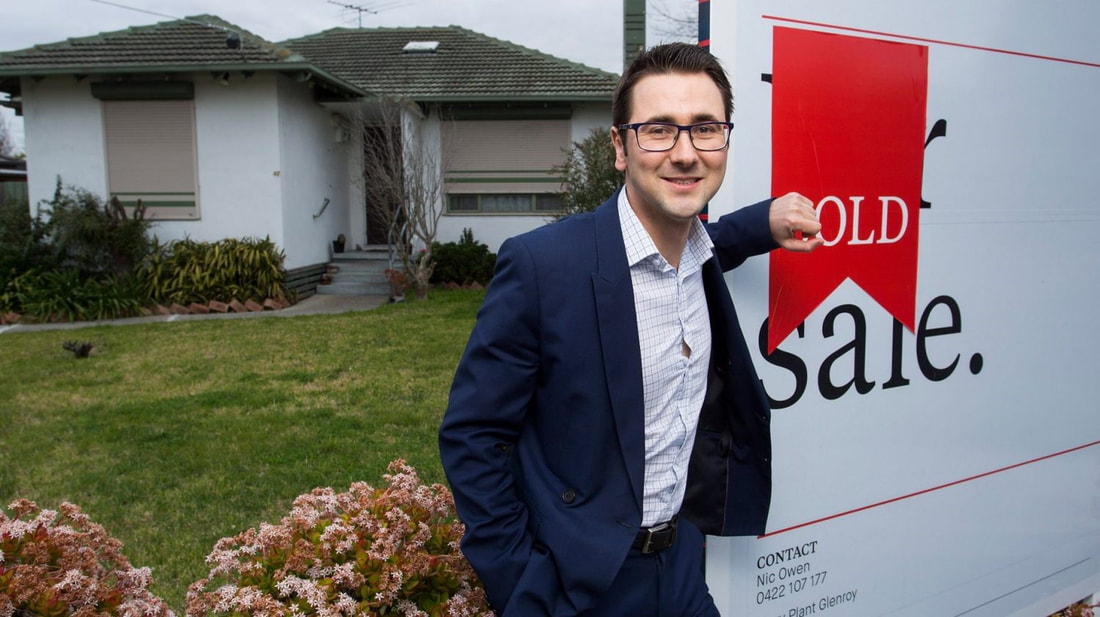Tiny houses… small, transportable dwellings or cabins, offering a basic and compact accommodation solution. Could they be the answer to an upcoming housing shortage? Or are granny flats and apartments what cities need to help cater for the population boom?
The experts are looking at all the options…what are your thoughts?
The experts are looking at all the options…what are your thoughts?
Tiny houses might accommodate a population boom
Rob Burgess, The New Daily
14 September 2017
14 September 2017
For the past couple of years, economists have expected to see apartment gluts develop in Brisbane, Sydney and Melbourne, where developers have sought to profit from soaring property prices.
However, new research from BIS Oxford Economics suggests that one of those capitals – Melbourne – will see no glut at all due to high immigration.
This makes sense when you look at the breakdown of Melbourne’s population growth.
In 2016, a third of it was from natural increase (births minus deaths), with the other two-thirds made up of 13 per cent net interstate migration, and 55 per cent net overseas migration.
Department of Immigration figures show that slightly more than two-thirds of the overseas migrants are students – who generally do pretty well in small apartments, hence the disappearance of that glut.
The problem going forward, though, is that the once-expected glut will quickly become a shortage again if Melbourne’s ‘education exports’ boom continues.
Some lobby groups would prefer that boom not to happen, arguing that a bigger priority should be preventing further population growth – too often for ill-considered ecological or racial/cultural reasons.
Those views are attractive to some at an emotional level, but are based on inflated claims that have been fairly well debunked in past months.
See, for instance, the ‘Is Australia full?‘ series of articles published on The Conversation website by demographers, economists, town-planners, human geographers, public health experts, built-environment experts, agricultural experts and cultural researchers.
However, new research from BIS Oxford Economics suggests that one of those capitals – Melbourne – will see no glut at all due to high immigration.
This makes sense when you look at the breakdown of Melbourne’s population growth.
In 2016, a third of it was from natural increase (births minus deaths), with the other two-thirds made up of 13 per cent net interstate migration, and 55 per cent net overseas migration.
Department of Immigration figures show that slightly more than two-thirds of the overseas migrants are students – who generally do pretty well in small apartments, hence the disappearance of that glut.
The problem going forward, though, is that the once-expected glut will quickly become a shortage again if Melbourne’s ‘education exports’ boom continues.
Some lobby groups would prefer that boom not to happen, arguing that a bigger priority should be preventing further population growth – too often for ill-considered ecological or racial/cultural reasons.
Those views are attractive to some at an emotional level, but are based on inflated claims that have been fairly well debunked in past months.
See, for instance, the ‘Is Australia full?‘ series of articles published on The Conversation website by demographers, economists, town-planners, human geographers, public health experts, built-environment experts, agricultural experts and cultural researchers.
Housing solutions
If those more moderate views prevail, and Melbourne’s education boom does continue, where will all those migrants live?
One solution to that problem has been proposed by the development consortium Australian Education City, which wants to build a combined residential and educational ‘city’ near Werribee, in Melbourne’s outer-west.
The idea is to invite numerous universities to run campuses there, and to house many of the students, staff and researchers in 30,000 new dwellings.
The Victorian government says a decision on that $30 billion project should be made by year’s end – “too slow” according to the shadow planning minister David Davis, who points out that the scheme was first examined when his side of politics was still in power.
A spokesman for the consortium told me on Thursday that, among other things, it would take some pressure off other Melbourne areas where residents don’t particularly want their suburbs to change.
One solution to that problem has been proposed by the development consortium Australian Education City, which wants to build a combined residential and educational ‘city’ near Werribee, in Melbourne’s outer-west.
The idea is to invite numerous universities to run campuses there, and to house many of the students, staff and researchers in 30,000 new dwellings.
The Victorian government says a decision on that $30 billion project should be made by year’s end – “too slow” according to the shadow planning minister David Davis, who points out that the scheme was first examined when his side of politics was still in power.
A spokesman for the consortium told me on Thursday that, among other things, it would take some pressure off other Melbourne areas where residents don’t particularly want their suburbs to change.
Tiny ideas
Mega-projects aren’t the only solution on offer. Planning consultant and former Victoria MP Clem Newton-Brown argued in Thursday’s Australian newspaper in favour of building ‘tiny houses’ to make use of the nation’s suburban backyards.
He wrote: “Tiny houses can be small, modular truck-transportable dwellings, or cabins on wheels. There are tiny-house and modular builders popping up across Australia and they are creating extraordinary buildings, nothing like the old granny flat, which in any case can be installed only to house a family member.”
The ‘tiny house’ idea is big in the US, and among frustrated Gen-Ys and millennials, but is it really a solution?
Perhaps, though in WA the much maligned ‘granny flat’ is gaining more traction.
That’s because the WA state government legislated in 2015 to allow ‘ancillary dwellings’ to be built in just about any backyard on blocks over 450 square metres – and unlike previously, they can be let to anyone and not just a family member.
Mayor of Fremantle Brad Pettitt trialled a similar scheme in the City of Fremantle in 2012 – a success, he says, which inspired the state-wide legislation.
The Fremantle scheme, which required building permits but no planning approval, had some unexpected results.
One, he said, was that empty-nesters built small dwellings for themselves in their backyards and rented out the family home out front – the reverse of what was expected, but a logical way to generate higher incomes and free up larger dwellings.
Mr Pettitt sees the ad hoc ‘granny flat’ approach to urban planning as “complementary” to more closely planned medium-density projects in his area such as a 150-person solar-plus-storage powered development south of Fremantle or a new ‘Gen Y’ project that aims to fill the “‘missing middle’ of medium density housing, whereby housing stock … is increasingly either low-density, single-family homes or higher-density apartments, with little choice in between”.
The ‘missing middle’ pretty much sums up what Australia’s cities need to build to become more liveable.
But whether it’s granny flats, high-rise apartments, new ‘cities’ or the “missing middle” the recent experience in Melbourne highlights the challenge at hand.
And the solutions to that challenge will have to be more creative that slamming the door on migration and stamping out a nascent boom.
He wrote: “Tiny houses can be small, modular truck-transportable dwellings, or cabins on wheels. There are tiny-house and modular builders popping up across Australia and they are creating extraordinary buildings, nothing like the old granny flat, which in any case can be installed only to house a family member.”
The ‘tiny house’ idea is big in the US, and among frustrated Gen-Ys and millennials, but is it really a solution?
Perhaps, though in WA the much maligned ‘granny flat’ is gaining more traction.
That’s because the WA state government legislated in 2015 to allow ‘ancillary dwellings’ to be built in just about any backyard on blocks over 450 square metres – and unlike previously, they can be let to anyone and not just a family member.
Mayor of Fremantle Brad Pettitt trialled a similar scheme in the City of Fremantle in 2012 – a success, he says, which inspired the state-wide legislation.
The Fremantle scheme, which required building permits but no planning approval, had some unexpected results.
One, he said, was that empty-nesters built small dwellings for themselves in their backyards and rented out the family home out front – the reverse of what was expected, but a logical way to generate higher incomes and free up larger dwellings.
Mr Pettitt sees the ad hoc ‘granny flat’ approach to urban planning as “complementary” to more closely planned medium-density projects in his area such as a 150-person solar-plus-storage powered development south of Fremantle or a new ‘Gen Y’ project that aims to fill the “‘missing middle’ of medium density housing, whereby housing stock … is increasingly either low-density, single-family homes or higher-density apartments, with little choice in between”.
The ‘missing middle’ pretty much sums up what Australia’s cities need to build to become more liveable.
But whether it’s granny flats, high-rise apartments, new ‘cities’ or the “missing middle” the recent experience in Melbourne highlights the challenge at hand.
And the solutions to that challenge will have to be more creative that slamming the door on migration and stamping out a nascent boom.
Ipswich and Logan Granny Flats – when it comes to Granny Flats,
we’re BIG on knowledge, service, and value.
Call Sonia today on 0403 309 136
we’re BIG on knowledge, service, and value.
Call Sonia today on 0403 309 136




